The Little Havana neighborhood is located west of downtown Miami. From the 1970s to the 1990s, it served as a hub for Cuban immigrants, but today it hosts large communities of immigrants from other Central and South American countries. So, what can you see in Little Havana and on its main street, Calle Ocho?
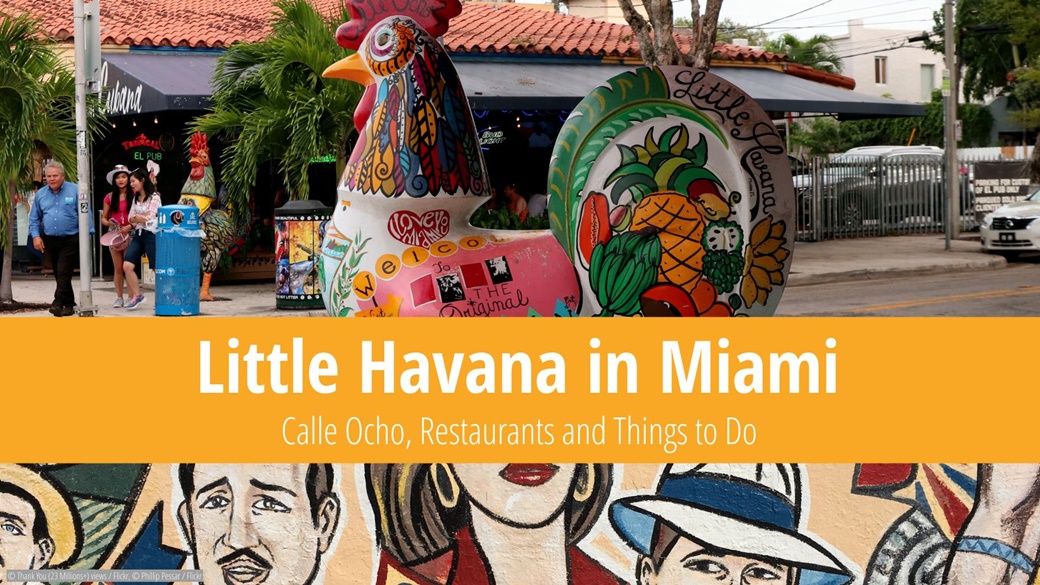
-
Table of Contents
History of Little Havana
In the 1930s, Little Havana was a neighborhood for lower-middle class people, primarily Jews and immigrants from Southern states. This area, west of downtown Miami, was not unusual for its time.
It began acquiring its current unique character in the 1960s, when immigrants from Cuba started moving into the neighborhood. Ten years later, Cubans comprised approximately 85% of Little Havana’s population. The neighborhood gets its name from the capital of Cuba. -
Location of Little Havana in Miami
Little Havana is bordered by Northwest 7th Street to the north and Coral Way to the south, Southwest 37th Avenue to the west, and Southwest 3rd Avenue to the east. The Miami River also forms part of the boundary.
The heart of the neighborhood is the portion of 8th Street between 14th and 17th Avenues. Its Spanish name, Calle Ocho, is more commonly used. -
What to Do in Little Havana
🥪 Food Tour
It’s worth arriving at Little Havana with an appetite. If you’re a fan of fish, seafood, sandwiches, and other Cuban cuisine, you might want to skip dinner the day before.
Calle Ocho, in particular, is flanked by restaurants offering authentic Latin American dishes. You can try Cuban, Salvadoran, Guatemalan, or Nicaraguan cuisine in both Michelin-starred establishments and modest bistros.
Quality varies, so I recommend reading Google reviews before placing your order.
⭐ Calle Ocho Walk of Fame
The Hollywood Walk of Fame isn’t the only place in the USA where celebrities have a star bearing their name. The Calle Ocho Walk of Fame is found on the main street of this neighborhood.
Celebrities who have left a mark on the neighborhood’s history have a star here. They include Armando and Manolita Montes, who opened the first McDonald’s in Little Havana in 1985.
🎭 Festival Calle Ocho
Every March, the neighborhood hosts the Calle Ocho music festival. Fifteen street blocks fill with music stages, dancers, food stands, and up to a million visitors come to enjoy the country’s largest showcase of Latin culture.
The Calle Ocho festival is part of the larger Carnaval Miami. Admission to the festival is free, and the schedule can be found on the website.
-
Visiting Little Havana in Miami
🚗 How to Get There
Buses from downtown Miami go directly to Calle Ocho, and using Google to find the exact route is most convenient. In addition to the standard paid routes, you can ride the free The Trolley buses, which are subsidized by the city.
Parking is available along both horizontal streets and vertical avenues. Do not leave any valuables in your car.
🛡️ Safety
You may read somewhere that Little Havana is safe for tourists, while other sources list it as one of Miami’s most dangerous neighborhoods. Everyone has a different threshold for when and why they feel safe. Crime in Little Havana is generally higher than the national average. The situation is most severe in East Little Havana.
During the day, particularly around Calle Ocho, you’ll likely feel safe. At night, I recommend avoiding side streets where fewer people are walking. The most common issues are theft and car break-ins.
🛏️ Accommodation in Little Havana
Little Havana offers some of the most interesting options for accommodation in Miami. There’s a fairly wide selection of affordable hostels and stylish guesthouses with good ratings. If you want to fully experience the Cuban vibe, I recommend spending at least one night in this neighborhood. Quite a few guesthouses here feature rooftop terraces (for which I have a soft spot).
-
Photos from Little Havana, Miami
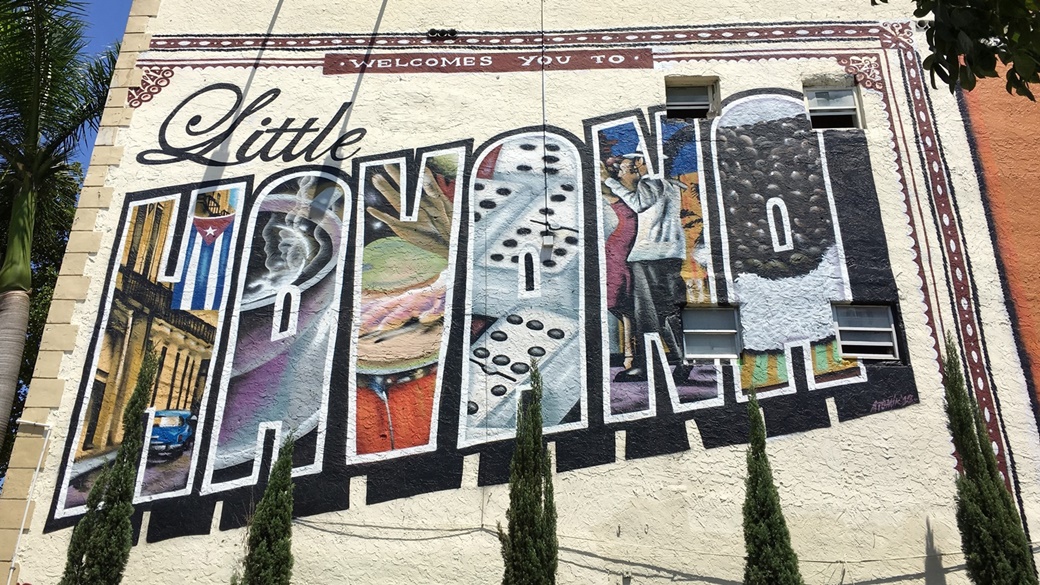
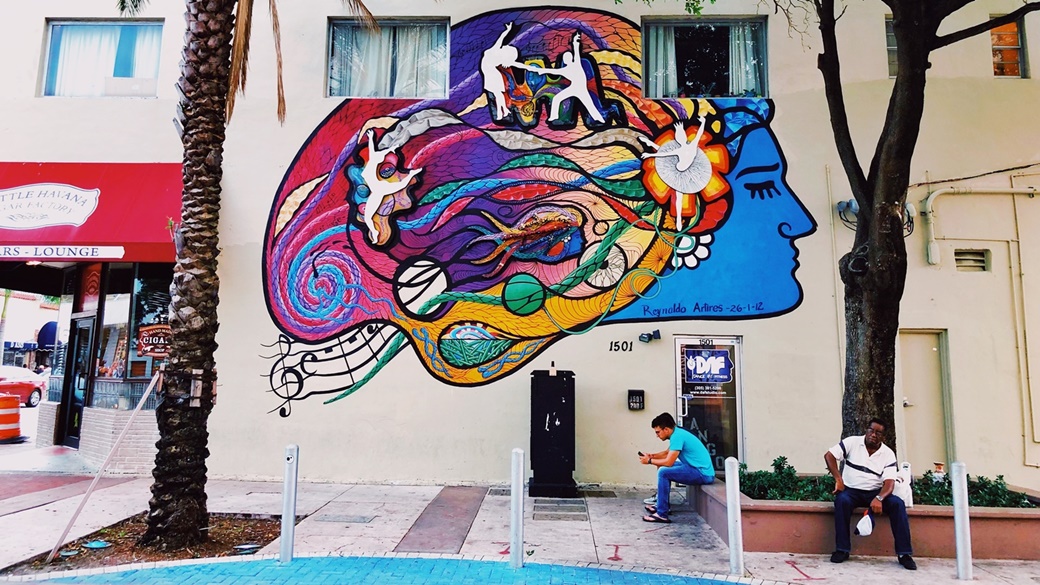
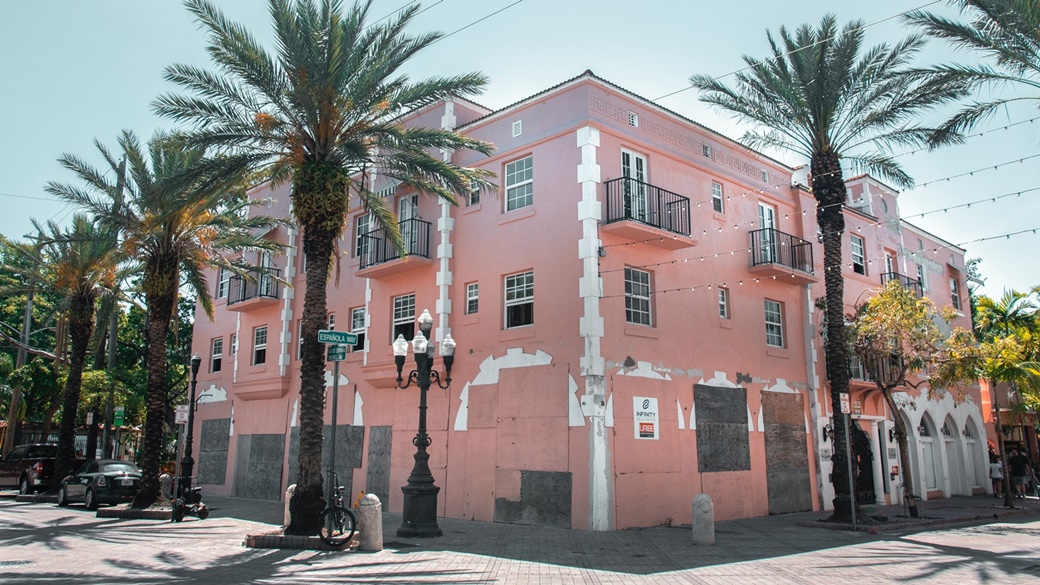
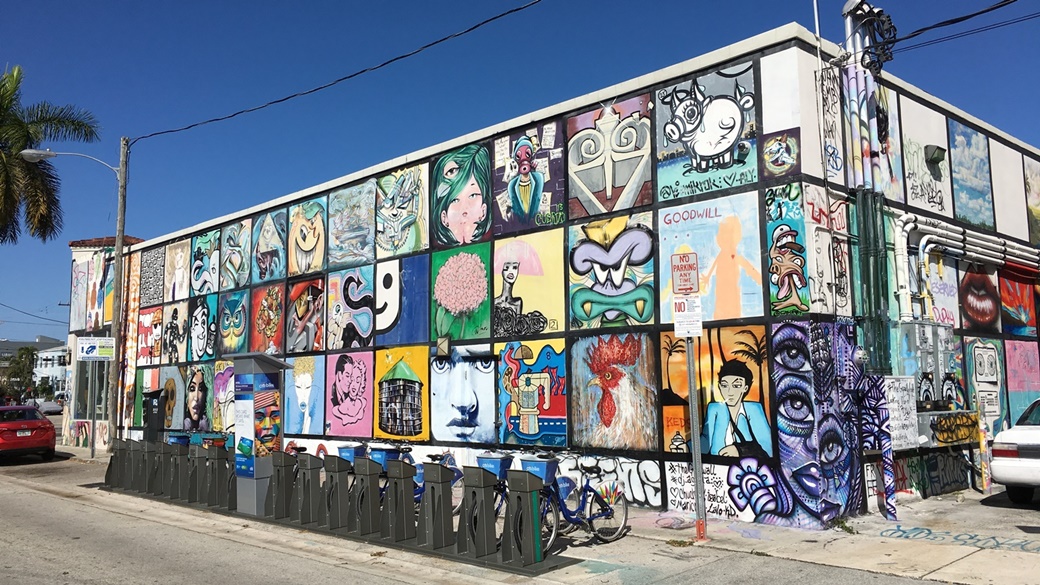
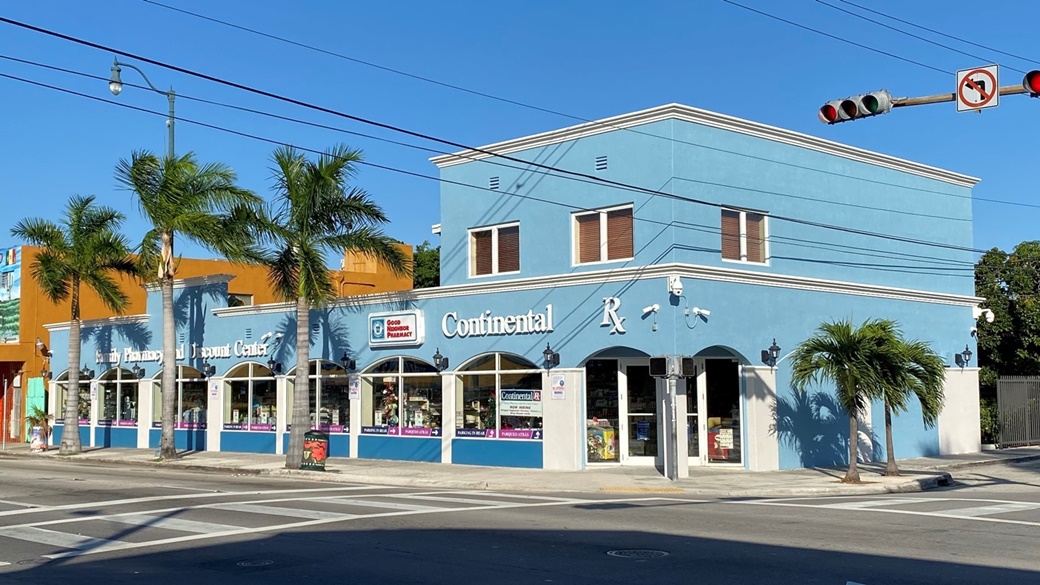

 Follow wikiUSA on YouTube
Follow wikiUSA on YouTube

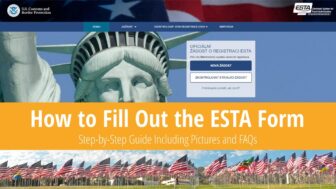

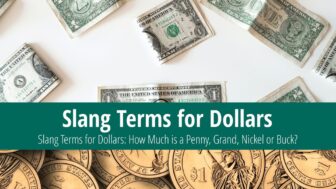
Contribute with Your Question or Personal Experience